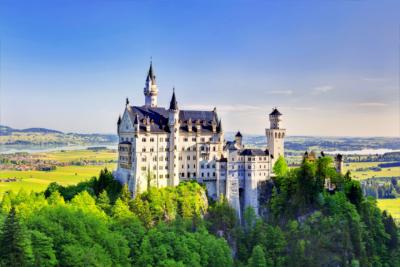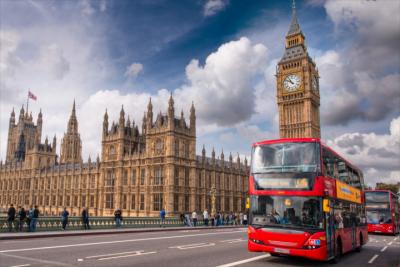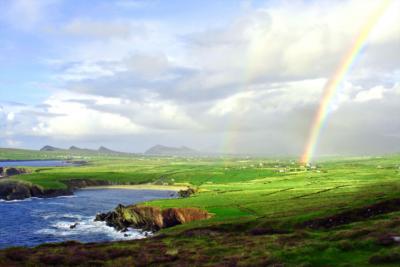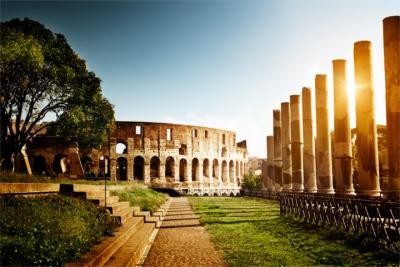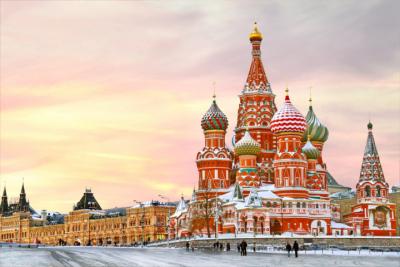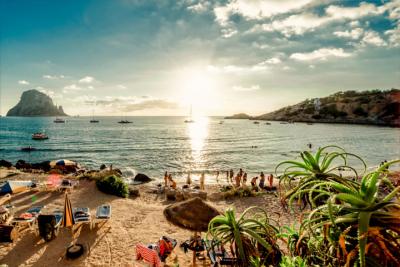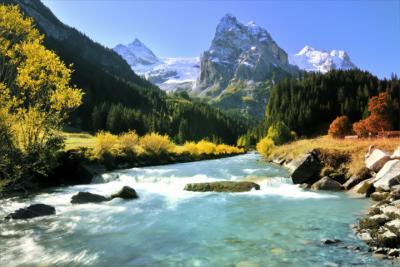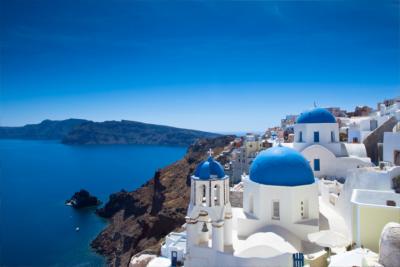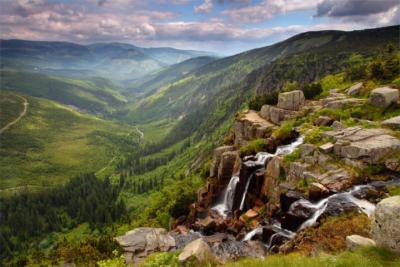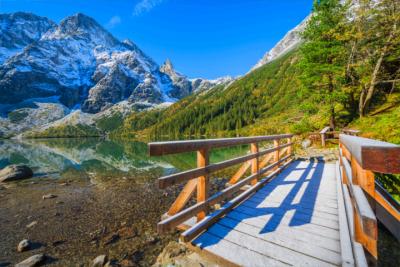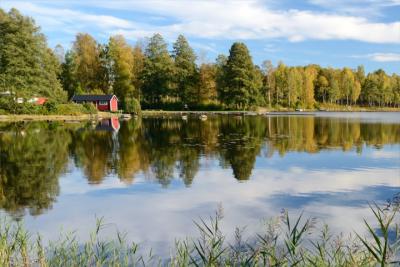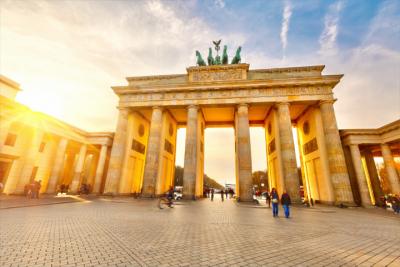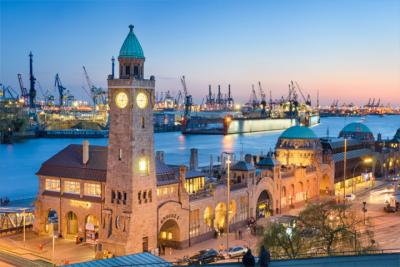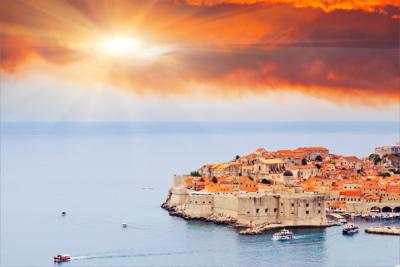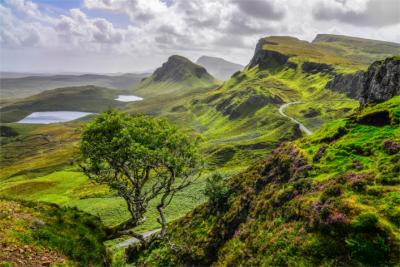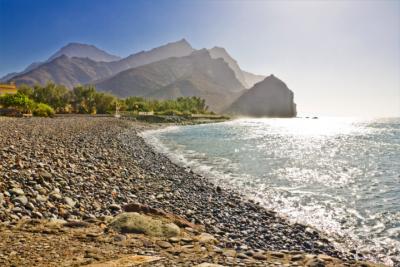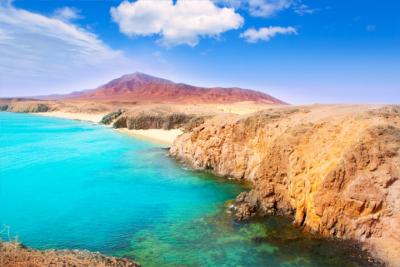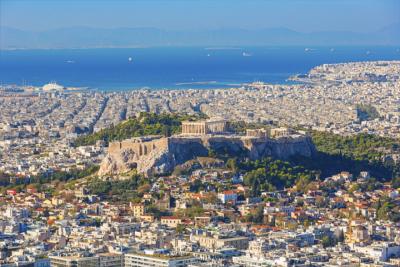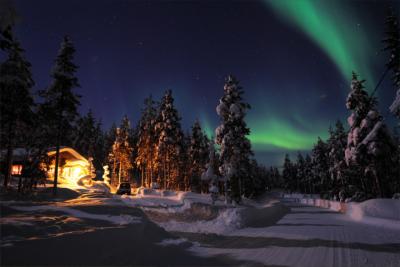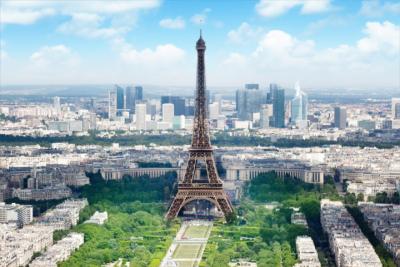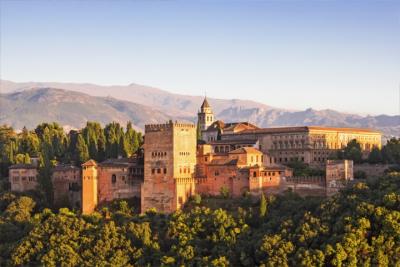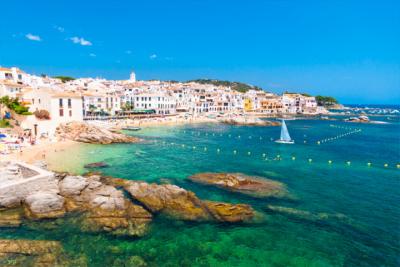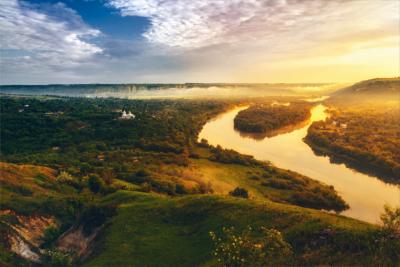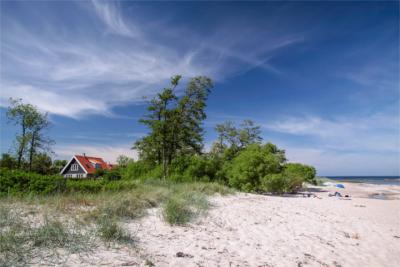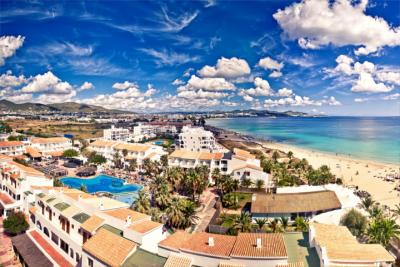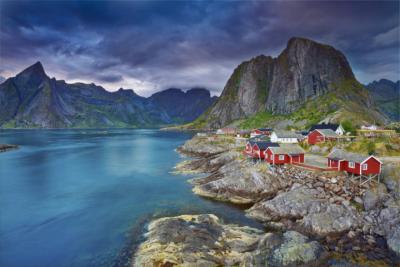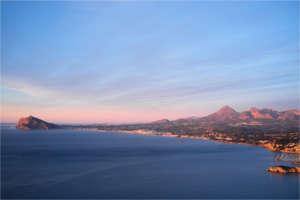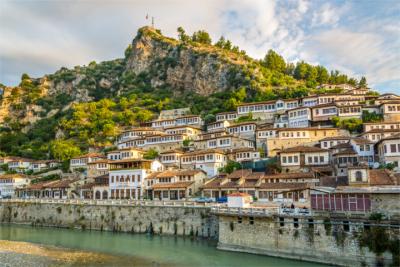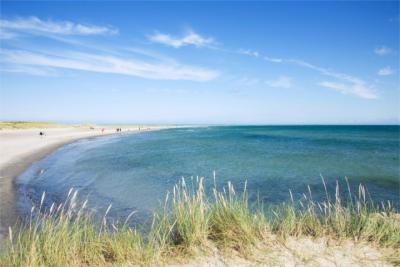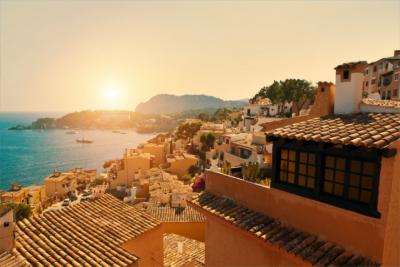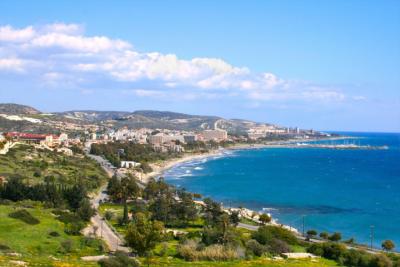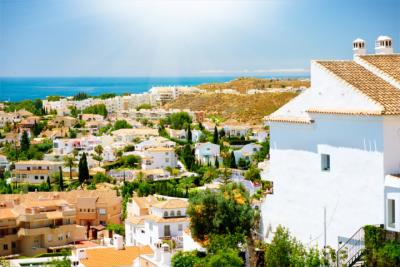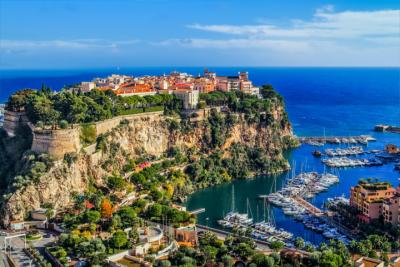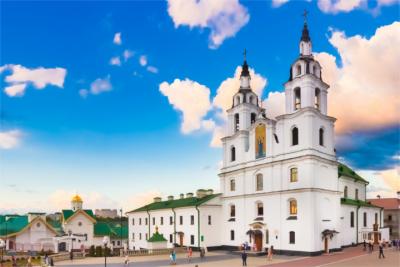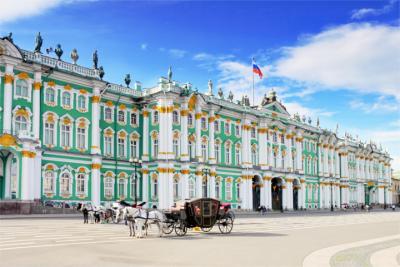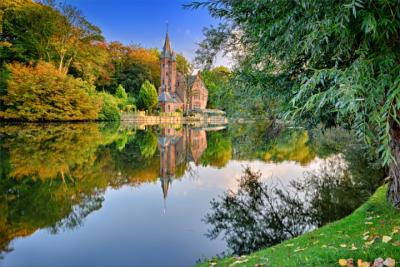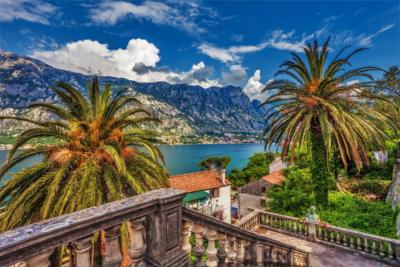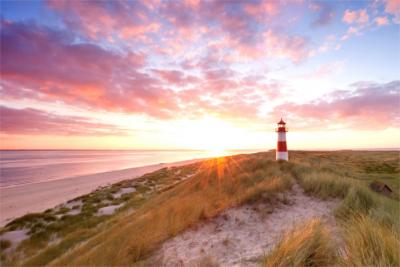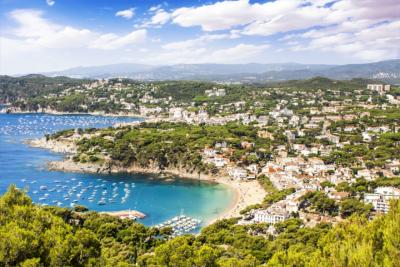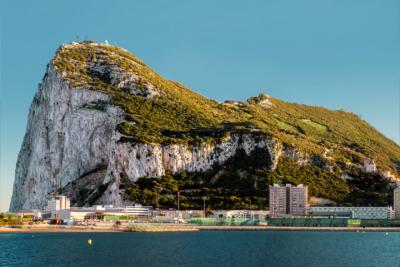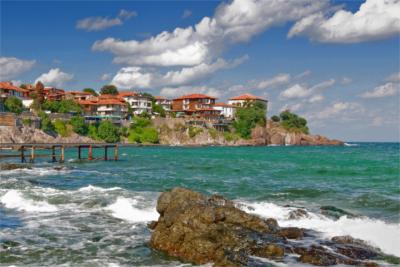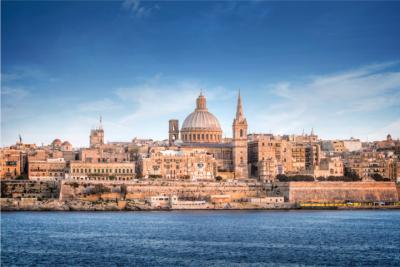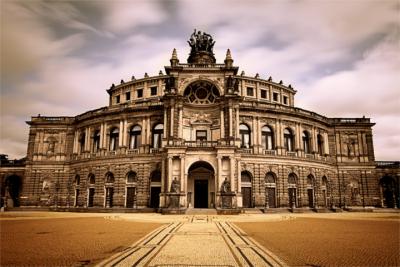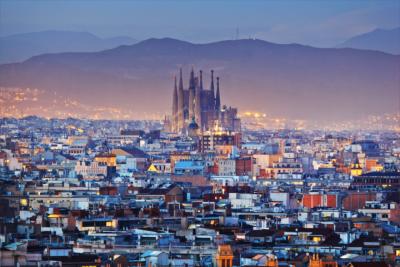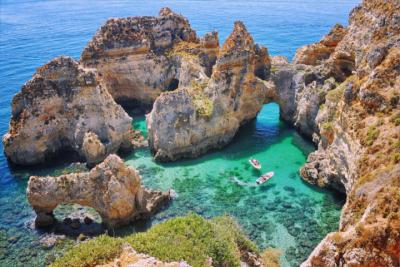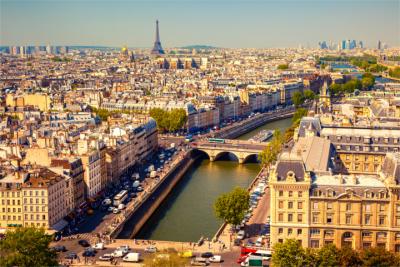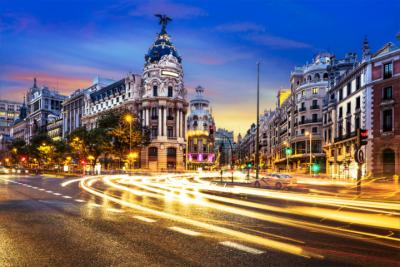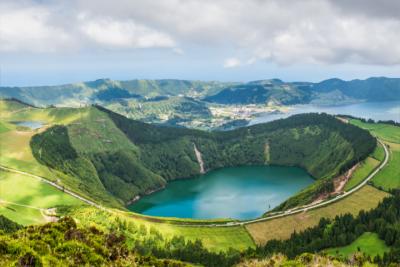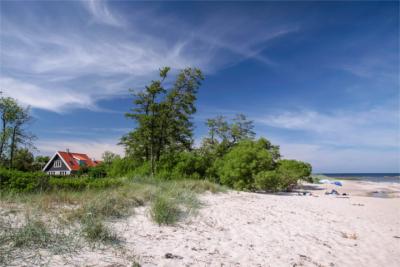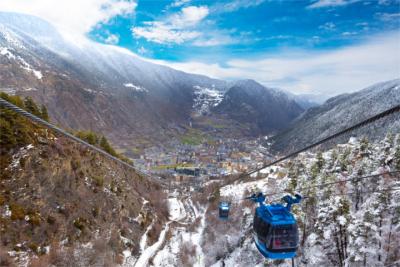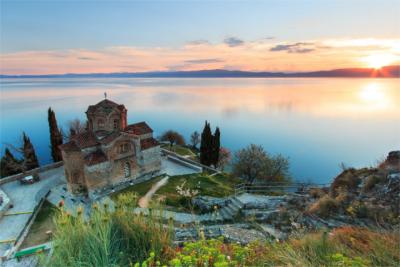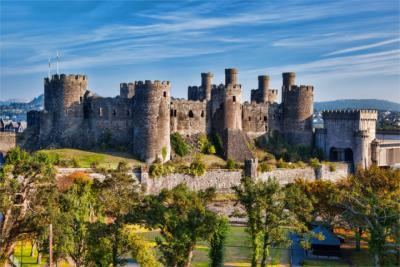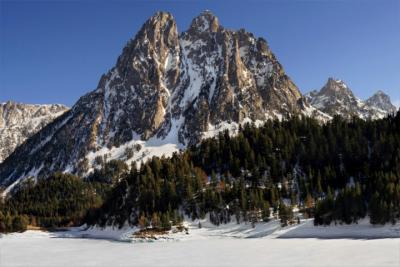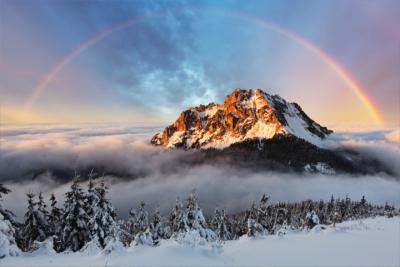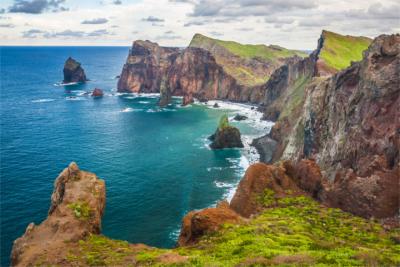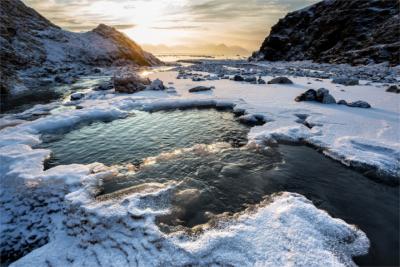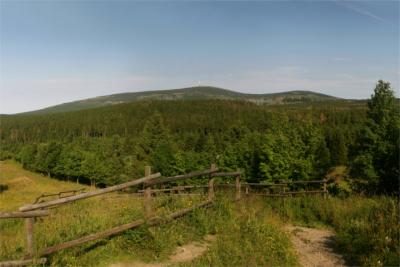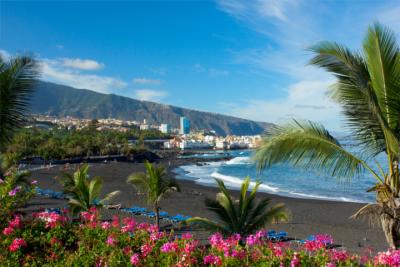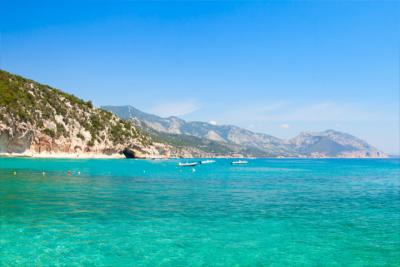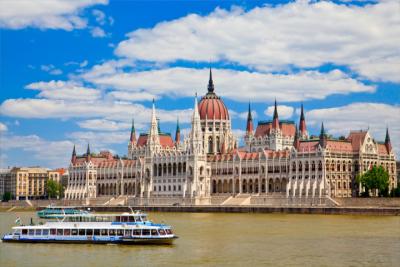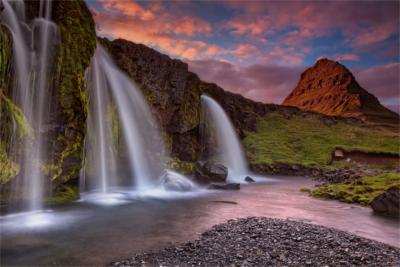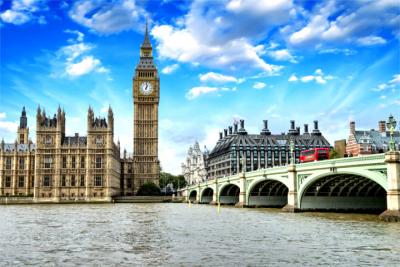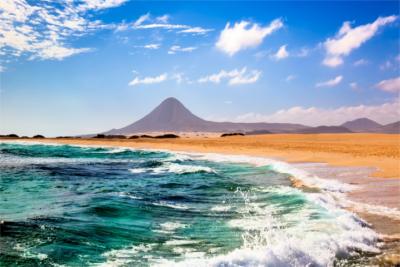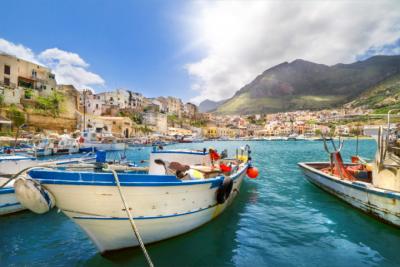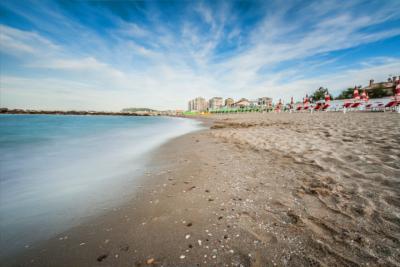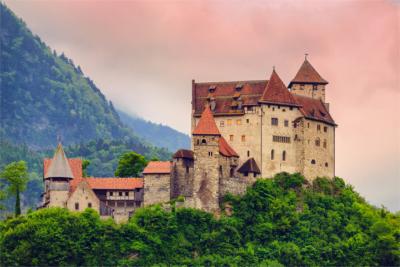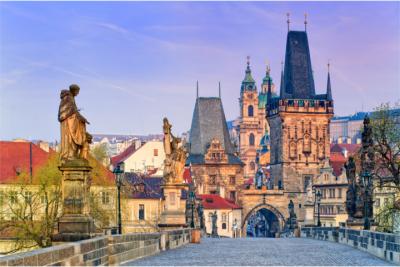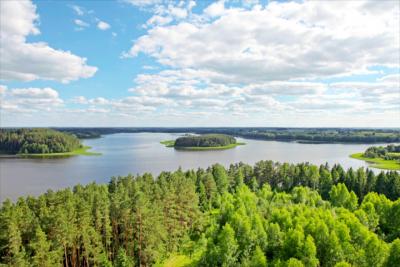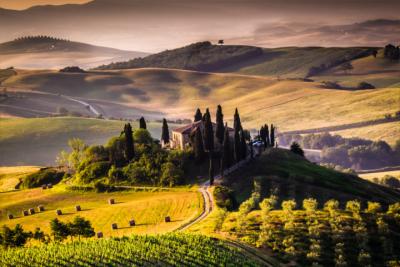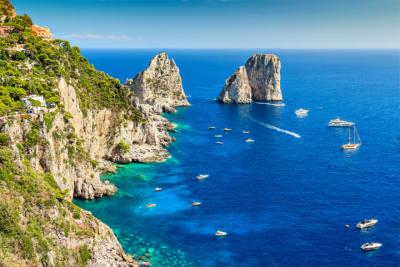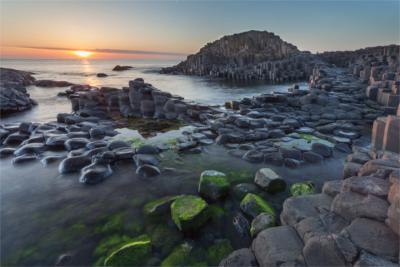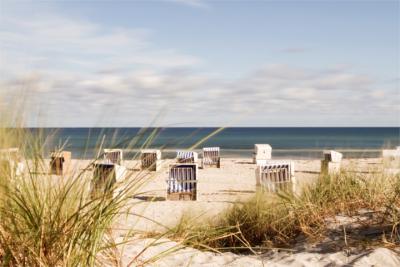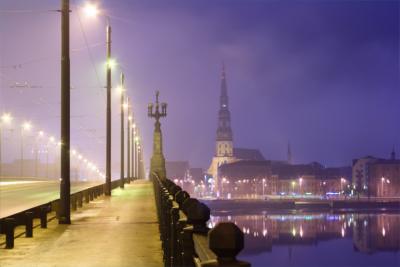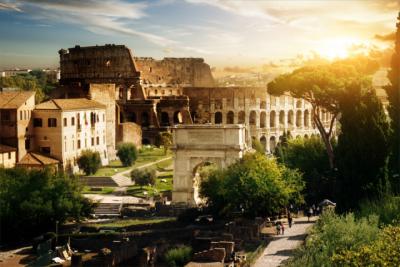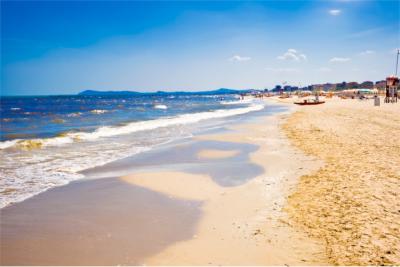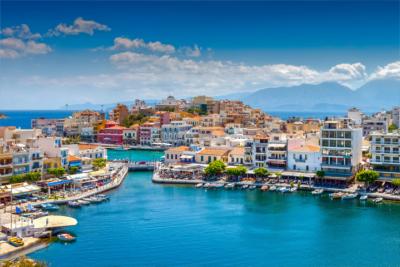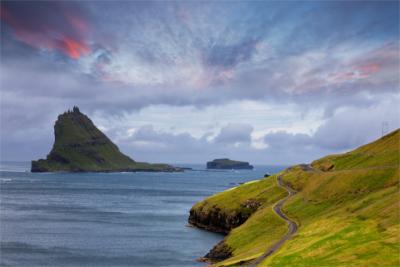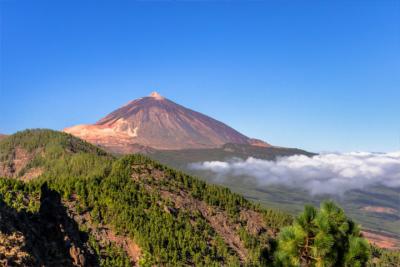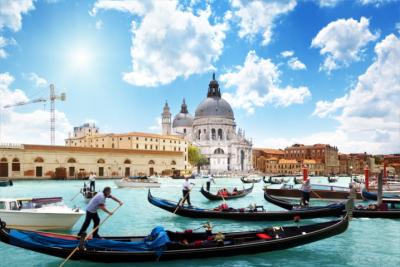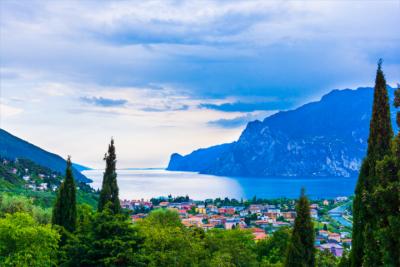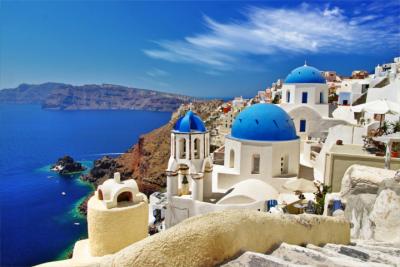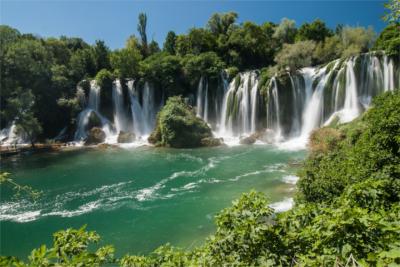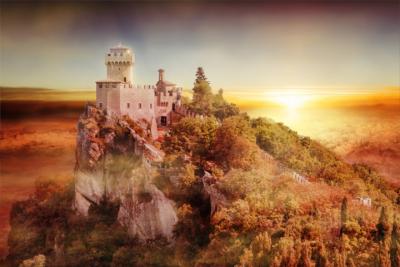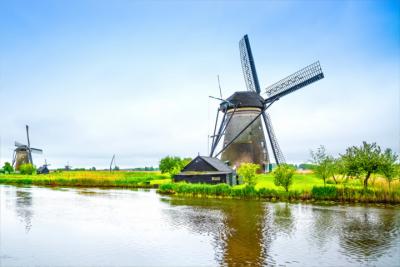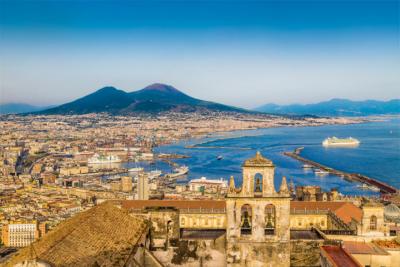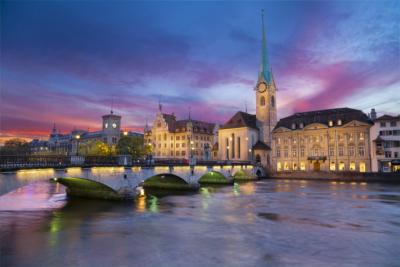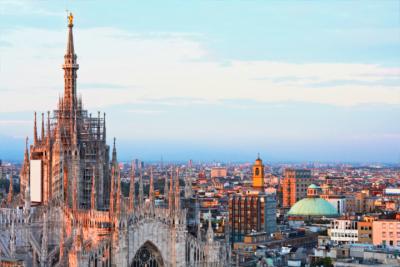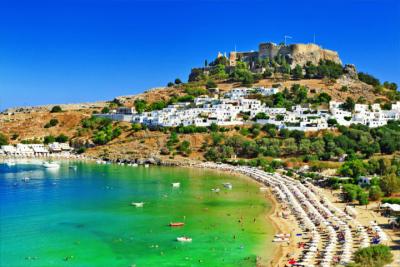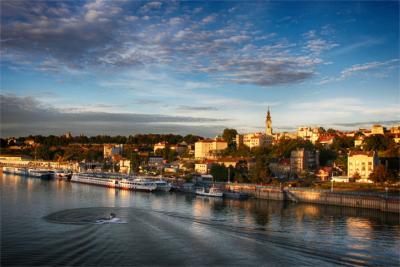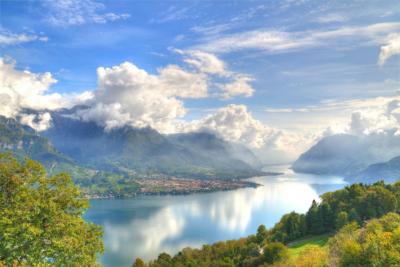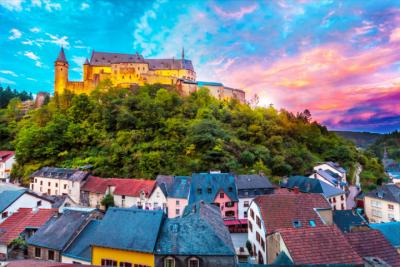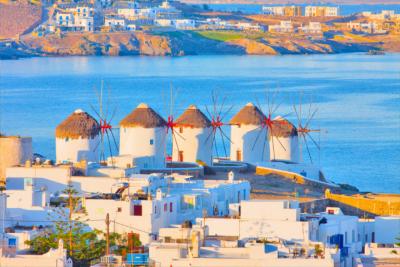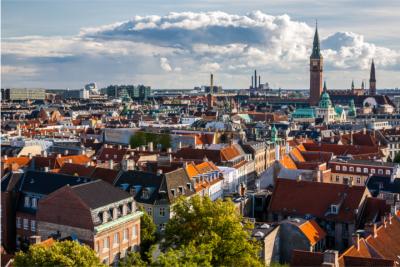Travel Offers
Travelmyne Featureprint
Distance
Slovenia - Europe's Green Heart
Emerald clear lakes, deep blue mountain lakes and the turquoise Gulf of Venice glisten in the sunlight. Slovenia is characterised by the beauty of the Julian Alps and the Mediterranean lightness of the Adriatic Sea. The magical country is still an insider tip among travel experts.

Geography - Between the Alps and the Adriatic Sea
Slovenia is a Central European republic between Hungary and Austria as well as Italy and Croatia. The country contains almost 50 kilometres of the Adriatic coast. Slovenia's territory comprises 212 smaller communities, eleven of which are urban communities. The biggest cities are the capital Ljubljana and Maribor. More traditional and more closely connected to the inhabitants' identity is the division of the country into five landscapes: the Slovene Littoral (Primorska) at the Adriatic Sea, the Carniola (Kranjska) in the central area, Lower Carinthia (Koroska), Lower Styria (Stajerska) and the northern Prekmurje. The area between the Alps and the Mediterranean Sea is dominated by Illyrian climate. This means that there is a Mediterranean summer in the south-west, continental climate in the heartland and alpine climate in the north-west.

Nature - The Green Belt with the Blue Heart
Slovenia is a biodiversity hotspot in the EU. Every 50th animal and every 50th plant which exists on the mainland worldwide comes from Slovenia. The country is part of the European Green Belt and the Blue Heart of Europe. The latter refers to Slovenia's untouched flowing waters. Over 50 percent of the country's area are forested. Depending on the region, the tree populations range from lush oaks and firs to beech forests to exotic arbutus and palms at the Adriatic Sea. The rich landscape is characterised by sparkling bodies of water. Among them you find Lake Bled with Bled Island and the great Lake Cerknica, the emerald rivers Soča, Sava, Drava and Mur as well as over 300 magical waterfalls such as the popular Savica, the Kloma (128 m) or the mighty Boka. The country's north is covered in a breathtaking mountain landscape with wonderful high mountain ranges. Triglav (2,864 m) is the highest peak and lies in the Julian Alps. It only takes a two-hour drive to get from the snowy mountains into the Mediterranean south - to the Slovenian Riviera. Especially in the region around Maribor or in the hilly wine region Sterska the wine culture has been preserved for centuries. In the heartland you see a vast karst plateau.

Natural sights - Limestone caves and Lipizzans
The Triglav National Park, which has a size of 84,000 hectares, the 52 conservation areas and the 1,217 natural monuments show that the inhabitants of Slovenia go to great lengths to preserve their country's natural diversity and beauty. Impressive gorges such as the Bled Gorge or magical limestone caves like Postojna Cave, which is 20 kilometres long, or Hell Gorge and Cross Cave make this natural country an appealing destination. Another highlight is the Sečovlje Salina Nature Park, which holds the most northern salines in the Mediterranean. Horse enthusiasts also get their money's worth in Slovenia. The stud farm Lipica is one of the oldest stud farms worldwide and home to the famous Lipizzans. Slovenia is generally an excellent place for animal lovers. Many shy species like lynxes, brown bears, pheasants, wood grouses and ibexes populate this green country.
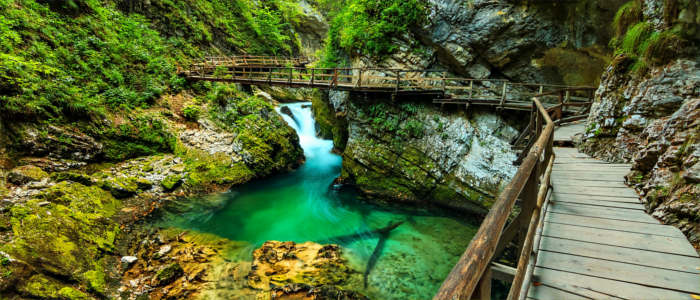
Culture - Slavic culture through the ages
The first people already lived on the present-day territory of Slovenia 250,000 years ago. Around 2000 BC the people of the Bronze Age built impressive stilt house settlements in the region of Ljubljana. Both the Celts and the Taurisci lay claim to the country from the 3rd to the 1st century BC until it became a province of the Roman Empire in the 9th century. In the Middle Ages, an independent empire emerged, which was called Carantania, but unfortunately it did not last long. The Franks conquered the region and the Habsburgs, Croatia and Italy also laid claim to it. It was not until 1989 that Slovenia gained independence. The influence of former structures of domination is still apparent from the country's architecture, art and customs. The Slovenians are a very cheerful nation. Like most Slavic nations, they are very sociable and friendly as well as characterised by extraordinary cordiality.
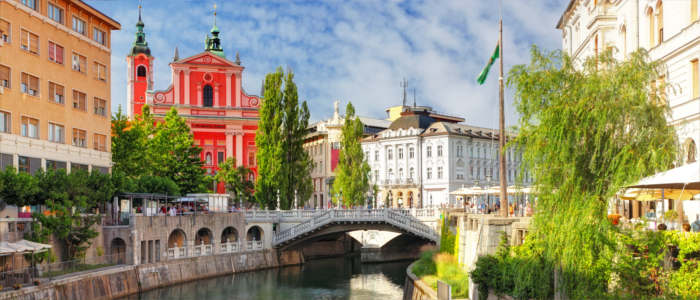
Cultural sights - Of stilt houses and rock castles
Slovenia has two cultural sites which were declared World Heritage by the UNESCO. The first one are the prehistoric stilt houses in the alpine regions and the second one are the historical sites Almadén and Indrija, which are used for the production of mercury. Slovenia also has a number of museums. Examples are the museum at Bled Castle, the National Museum, Ptuj Ormoz Regional Museum, the delicious Museum of Apiculture in Radovljica or the Rogatec Open-Air Museum. The latter mainly displays the Slovenian art of construction from the 18th to the 20th century. Other worthwhile attractions are the ruin of Celje Castle, the monastery in Stična and Ljubljana Castle. The alpine plateau Velika Planina accommodates the best-preserved pastoral settlement in the country. The nation's consciousness of tradition and love of their country can best be seen in the chalets, called batjes. A real highlight and popular postcard scene is the 700-year-old Predjama Castle. This fascinating piece of human art of construction shows how architecture and nature can coalesce.
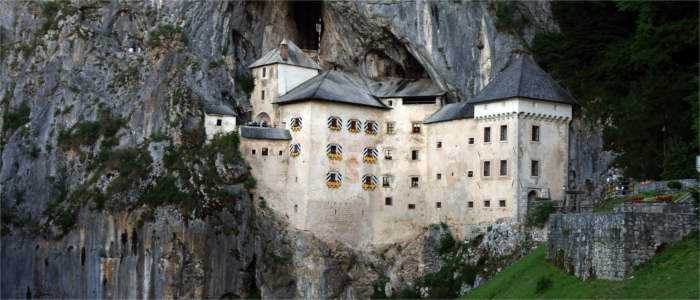
Experience - A hearty cuisine
The Slovenian cuisine is called Domaca kuhinja ("native cuisine"). The country's inhabitants love eating good, hearty and substantial meals. Gastronomy also prepares traditional dishes with aromatic and fresh natural ingredients. There are notable Italian and Austrian influences, which is particularly apparent from the njoki, a blend of the Italian gnocchi and the Austrian nockerl. They are served with fresh porcini and sweet chestnuts. Besides delicious food, Slovenia holds the world's oldest vines. These knobby plants are over 450 years old and still produce the Žametovka grapes every year. Only 100 bottles are filled per year - a rarity which has no equal. "To see and to be seen" is the motto is the Mediterranean harbour town Piran. Bars, restaurants and cafes invite visitors to stay and relax. The greatest shopping centre BTC is located in the capital Ljubljana. Popular souvenirs are lead crystal from Rogaška, sea salt, chestnut honey and the beautiful beehive panels. Thanks to the country's great student scene, Slovenia has a lively nightlife. The most popular disco in the capital is the "Global", which has a glass lift. The second biggest town Maribor is also a great location for going out and the party mile at the coast of Portorož impresses with numerous beach bars and pleasant temperatures.
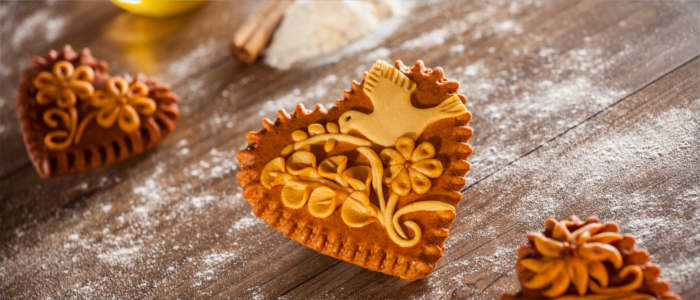
Activities - Sunbathing, river diving and winter sports
Although the coastal zone at the Adriatic Sea is not particularly large, it contains very appealing beach sections. Many of them are absolute insider tips and have been spared from mass tourism. The most beautiful sandy beach is located in Portorož and especially enjoyable for families and children. You also find the country's water sports centre in Portorož. Sailing, surfing, water skiing and paragliding are part of the programme here. Slovenia has access to the sea but the turquoise rivers are much more interesting for divers. They fascinate with their cleanliness and excellent visibility. Exciting rafting tours take place regularly on the rivers. Hikers and mountaineers are in good hands in the Alpine and the Kast regions. In the cold season Slovenia turns into an attractive winter sports area. The centres in Kranjska Gora and Rogla are very well developed and not crowded yet.
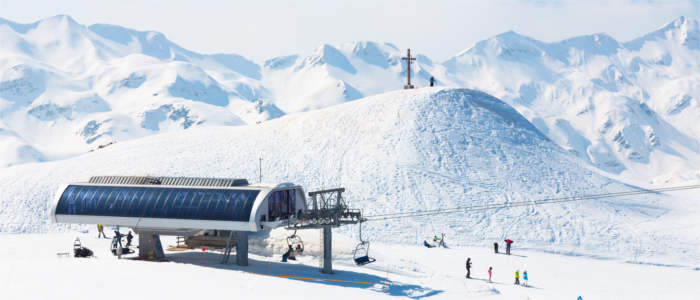
Information
The official language in Slovenia is Slovene but Italian and Hungarian are also spoken in a number of regions. The international airport is located near the capital. If you want to experience an extraordinary journey, you should arrive on a cruise ship. Many operators stop at the Adriatic port of Koper.
Slovenia is one of the most outstanding holiday destinations in Europe for a reason. Its diverselandscape, the cordial inhabitants and the exciting history make Slovenia popular with lovers of nature and culture as well as with families.

